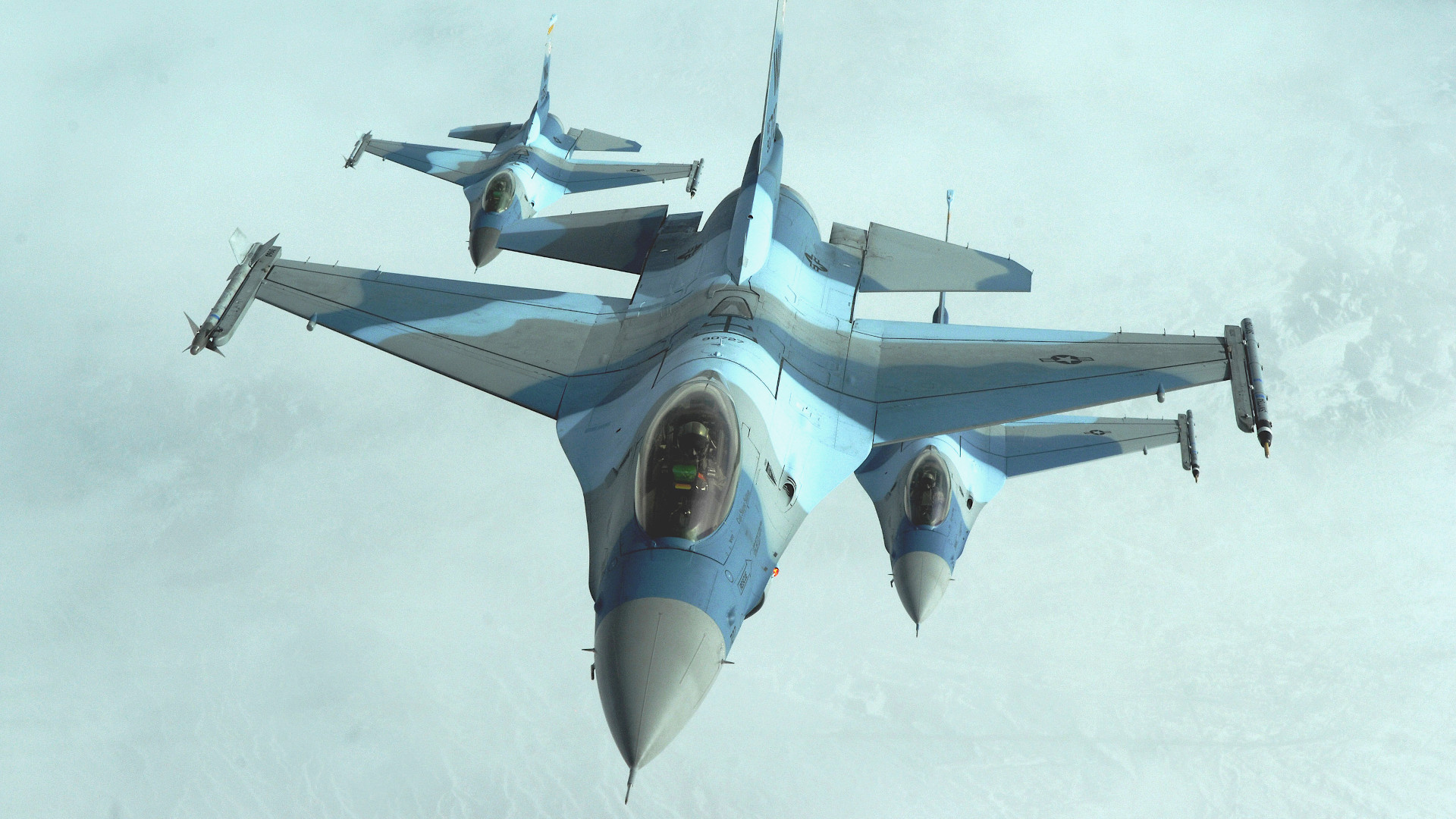The U.S. Air Force recently converted a reserve squadron into a new aggressor unit equipped with F-16C Viper fighter jets. The redesignated 706th Aggressor Squadron will focus on replicating threats posed by older fourth-generation fighters. However, its creation reflects a broader ongoing surge in demand for “red air” adversaries to support training and test and evaluation activities, especially those capable of replicating newer fifth-generation threats like China’s J-20 stealth fighters.
The Air Force Reserve’s 926th Wing at Nellis Air Force Base in Nevada held a ceremony to mark the transition of the 706th from a fighter squadron to an aggressor squadron on May 5, with the change officially taking effect on May 14. Nellis is already home to the active-duty 64th and 65th Aggressor Squadrons. The Air Force has a fourth fighter jet-equipped aggressor squadron, the active-duty 18th Aggressor Squadron, at Eielson Air Force Base in Alaska.

“As Nellis’ third aggressor squadron, the 706th’s mission focuses on continuing to know, teach, and replicate fourth-generation aggressor air adversaries,” according to an Air Force release about the squadron’s conversion earlier this year.
Prior to this, the 706th’s primary mission had been to oversee Air Force Reserve pilots assigned to the United States Air Force Warfare Center (USAFWC) at Nellis. In this role, the unit notably had no aircraft of its own. As part of its conversion to the 706th Aggressor Squadron, it is now set to receive a fleet of F-16C Viper fighters by the end of this year.
“The shift in mission set [for the 706th] allows the 64th and 65th AGRS [Aggressor Squadrons] to pursue the next generation of air defense and Nellis’ endeavor towards becoming the 5th Generation Center of Excellence,” according to the Air Force’s recent release.
It’s worth noting here that while the 65th flies stealthy fifth-generation F-35A Joint Strike Fighters, the 64th is equipped with F-16Cs. This might raise a question of whether the 64th may now be in line to transition to the F-35A and transfer its Vipers to the 706th in the process. However, this seems unlikely given the demand elsewhere for F-35As and the Air Force has stated the 706th is set to receive Block 30 F-16Cs, rather than the newer Block 42 Vipers the 64th has been receiving already.
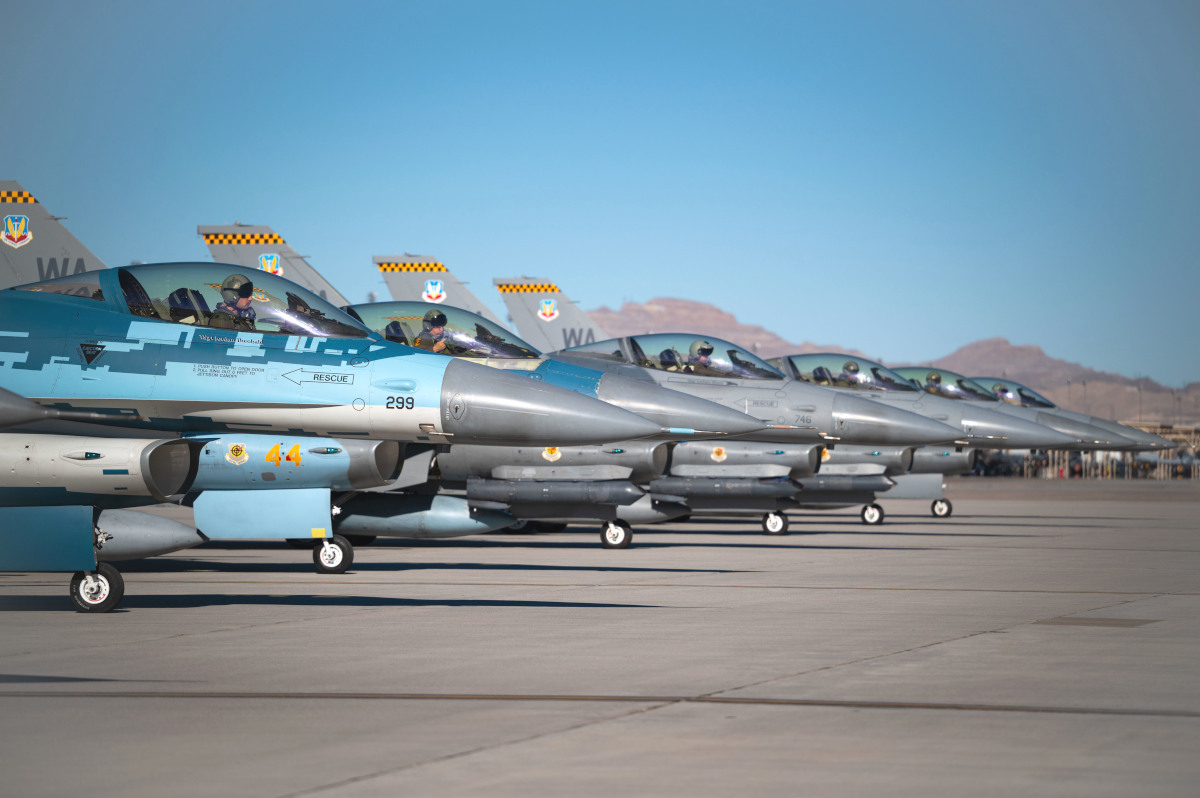
An F-16C assigned to the 64th Aggressor Squadron, but with “926 OG” written on the tail, was used as the backdrop for the 706th Aggressor Squadron redesignation ceremony. 926 OG stands for 926th Operations Group, to which the 706th is assigned. That being said, this aircraft, which has the serial number 86-0251, has been marked in this way since 2019. This was done as part of an effort to highlight the so-called “associate” relationships between Air Force Reserve units assigned to the 926th Wing and active-duty elements at Nellis.
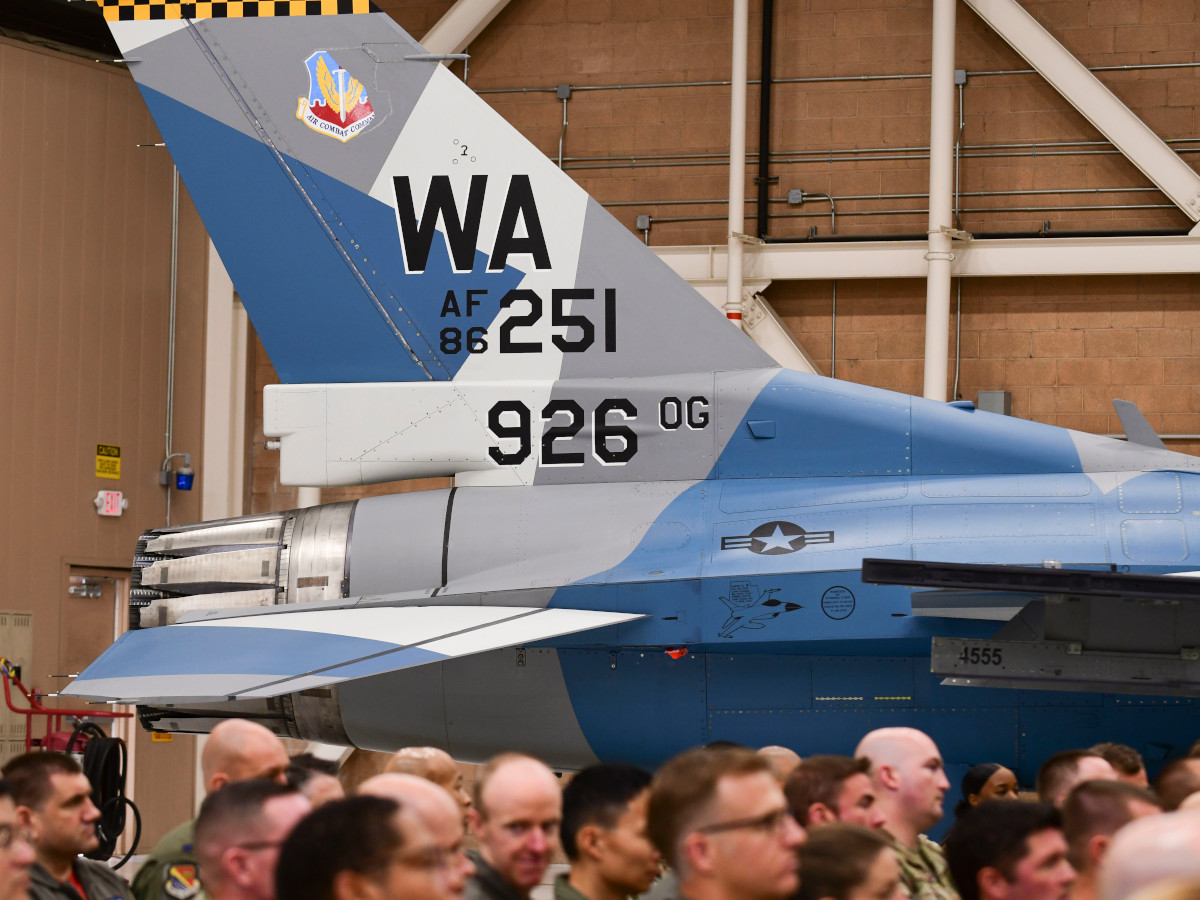
The War Zone has reached out to the Air Force for more information about its aggressor plans at Nellis.
Regardless, the conversion of the 706th to an F-16-equipped aggressor unit comes amid a spike in demand for red air adversary support across the U.S. Air Force, as well as the rest of the U.S. military, in recent years. This, in turn, reflects a broader shift in focus across the U.S. armed forces to preparing for higher-end conflicts rather than counter-terrorism and similar lower-intensity operations. For American military aviators, supporting the latter kinds of missions over the past two and a half decades or so has involved flying in permissive or very near permissive airspace.
“I would say we are more valid now than ever before. With the Secretary of the Air Force and Secretary of Defense saying their focus is China, China, China, that’s what we are here for,” Air Force Lt. Col. Christopher “Vön” Finkenstadt, head of the 64th Aggressor Squadron, told The War Zone in an exclusive interview just earlier this year. “We are here to embody and replicate our enemies to the best of our ability.”
“The need for aggressors has gone absolutely through the roof, so we are here to provide the absolutely top-notch replication for our blue forces to make them the best that they can be should we have to go to war,” Finkenstadt added. “We focus and we study what we are seeing out of our enemies, and that way we can replicate it to the best of our abilities. Our focus is to provide the most deadly case of action, not a likely case of action, and provide the most capable adversaries for our blue forces to face.”

Of course, the need for more red air aggressors has been growing steadily for years. The Air Force had been increasingly turning to private contractors to provide their support.
It has been clear for some time that the pre-fourth-generation aircraft those companies have long relied on have become increasingly less and less capable of replicating more advanced fourth-generation threats let alone stealthy fifth-generation ones. Similarly, the Air Force’s requirements for those lower-end capabilities have changed. This was underscored last year when Air Force authorities at Nellis decided not to renew a long-standing contract to supply red air services using pre-fourth-generation aircraft with private red air firm Draken. That decision also pointed to a greater desire on the part of the service to reconstitute more advanced aggressor capabilities in-house after years of things trending in the opposite direction.
Regardless, even before the Air Force decided to stand up the 706th Aggressor Squadron, there had been a notable increase in interest in even older F-16s to more reasonably stand in for fourth-generation adversary jets within both the U.S. military and among private red air contractors.
Last year, another private red air company, Top Aces, became the first to fly Vipers. Top Aces’ jets are heavily modified ex-Israeli F-16A/B variants, as you can read more about here. The company has since received Air Force contracts for aggressor work at multiple bases using these aircraft.

Unsurprisingly, Draken has also since moved to acquire its own fleet of F-16s.
Within the U.S. military, the Navy has been acquiring ex-Air Force F-16C/Ds to replace a portion of its fleet of aging Cold War-era F-5N Tiger II aggressor aircraft for the same general reasons. Vipers have been supplanting the last Legacy F/A-18 Hornets at the Naval Aviation Warfighting Development Center (NAWDC), too.
Altogether, the supply of readily available second-hand F-16s worldwide is dwindling due to these kinds of training demands, as well as operational requirements and just as sources of spare parts. When it comes to new-production Vipers, Lockheed Martin has seen a resurgence of interest in advanced variants and has years’ worth of orders booked.
The conversion of dozens of retired Vipers into full-scale QF-16 target drones for the U.S. Air Force has contributed to all of this, too. That program may now be winding down in part due to the shrinking availability of suitable airframes, as you can find more about here.
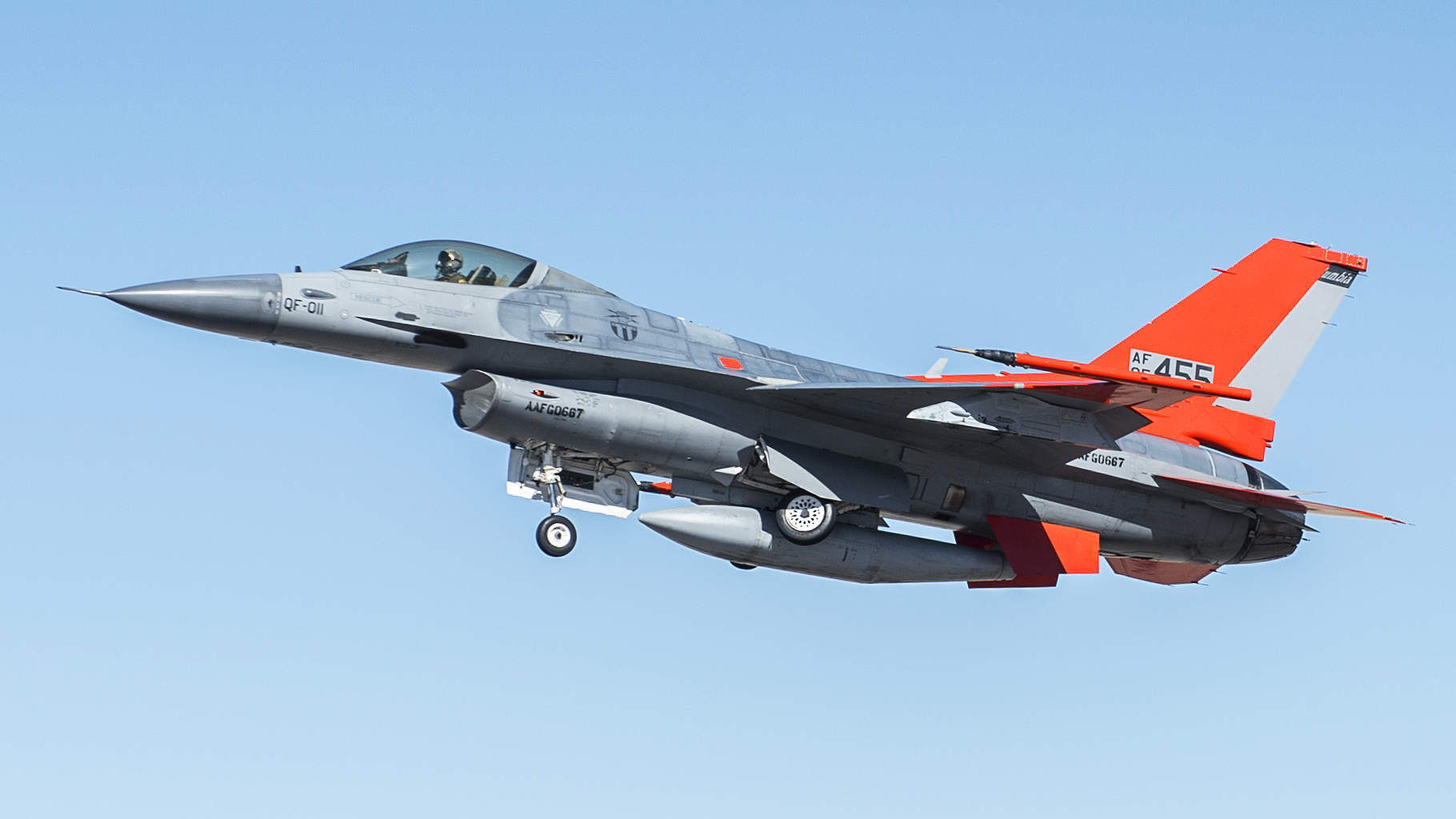
Separately, the growing demand for aggressors to replicate fifth-generation threats also prompted the Air Force to stand up its own F-35-equipped 65th Aggressor Squadron just last year.
“It is critical that we as an aggressor force are postured to provide the best and most realistic replication to the combat forces,” Air Force Lt. Col. Brandon “Napalm” Nauta, the commander of the 65th Aggressor Squadron, told The War Zone in an interview last year. “As other countries grow in their capabilities, so too must we. The F-35 is the logical and natural next step in that evolution.”

Though Nauta stressed at the time that his unit would “look to replicate any advanced fighter regardless of country,” it is no secret that the 65th has been focused on replicating the threats posed by increasingly advanced Chinese fighters, especially the stealthy J-20 and the newer J-35. The U.S. military, as a whole, currently treats the People’s Liberation Army (PLA) as its so-called “pacing threat” ostensibly for planning purposes. There are growing concerns about the potential for a high-end conflict between the two countries before the end of the decade, possibly over the island of Taiwan.
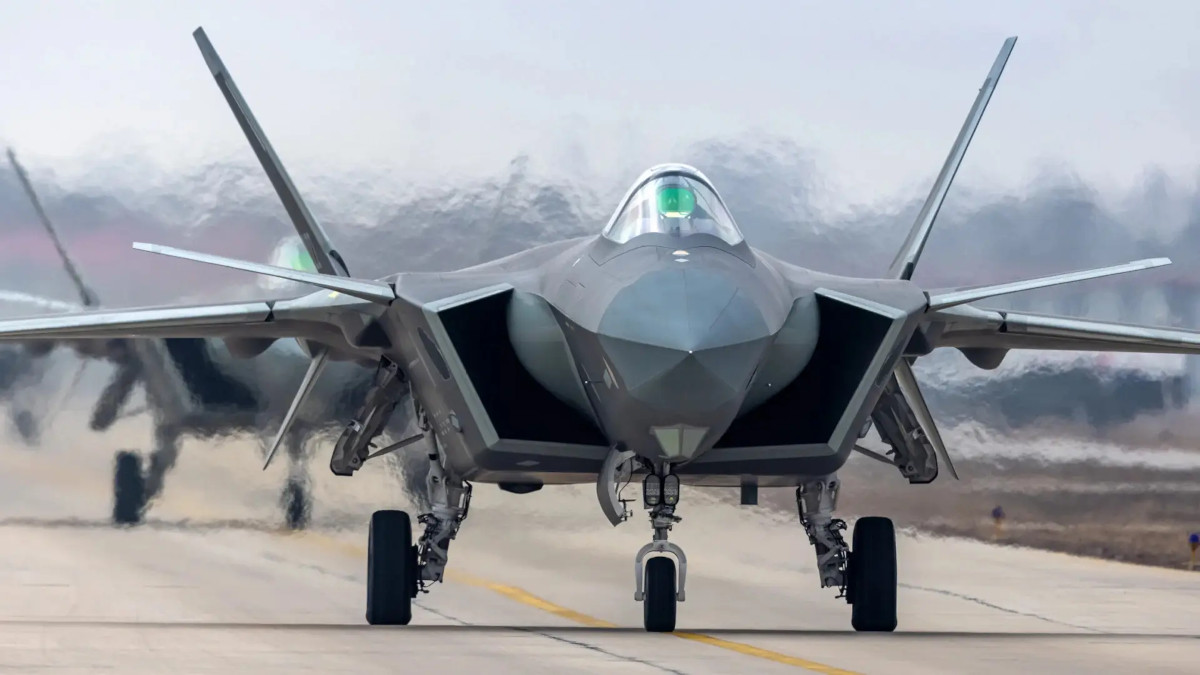
Preparing for a major fight like that demands realistic large-force exercises, which in turn require a large volume of appropriate assets to play the roles of a range of different threats.
“We are slated to only have 11 jets thus limiting our overall numbers for a given training mission. However, as we have seen in recent training exercises, even a couple of F-35s as red air makes a huge difference,” Lt. Col. Nauta said last year.
This underscores the importance of freeing up the 64th and 65th Aggressor Squadrons to focus on replicating higher-end threats. and could further point to the possibility of the 64th converting to F-35As.
That being said, as The War Zone has long pointed out, crewed aggressor aircraft of any kind are unlikely to provide the full volume required to realistically recreate the full gamut of threats in major future large-scale training exercises. Fifth-generation fighters like the F-35A continue to be very expensive to operate and maintain, making it cost-prohibitive to use them exclusively to represent fifth-generation adversaries.
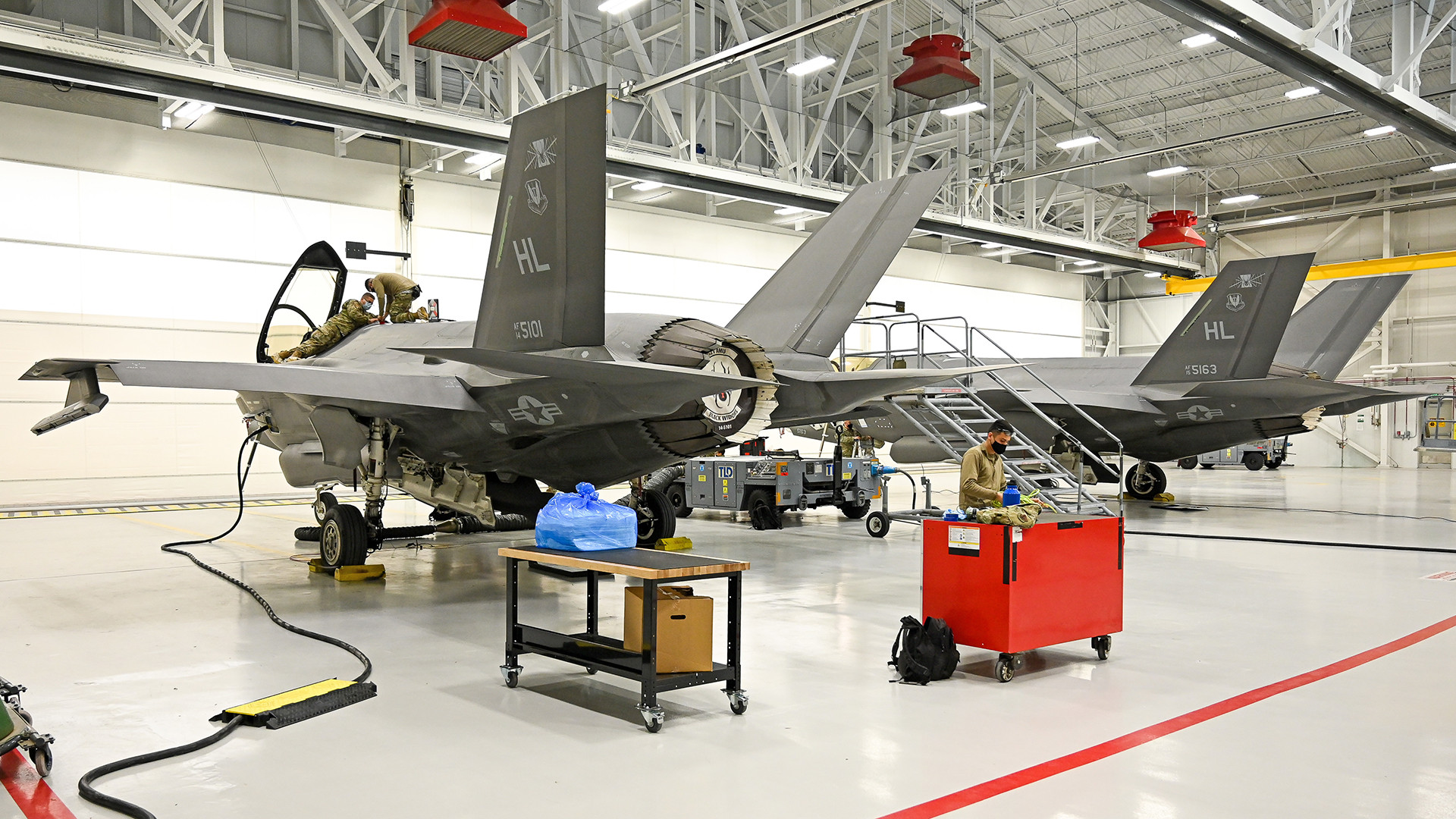
The Air Force is well aware of this and is already looking toward a mix of other assets to provide the required mass of higher-end red air support going forward. This is set to include stealthy drones and advanced expendable aerial targets, as well as the integration of ‘virtual assets’ into real-life training through augmented reality and other means.
Crewed aggressors, including those intended to represent lower-end threats within the larger mix, will still be required to add greater fidelity in training exercises. There is still a need to replicate more modern fourth-generation combat jets, too. The 706th provides an important organic capability to the Air Force just in this regard, especially given the increasing obsolescence of pre-fourth-generation contractor-operated jets as aggressors.
All this being said, a mix of piloted aggressor aircraft of various types, along with other platforms, will remain in demand for various training and other purposes, including test and evaluation efforts, for years to come.
The new 706th Aggressor Squadron looks set to be an important additional part of the Air Force’s still-evolving red air adversary landscape.
Contact the author: joe@thedrive.com
